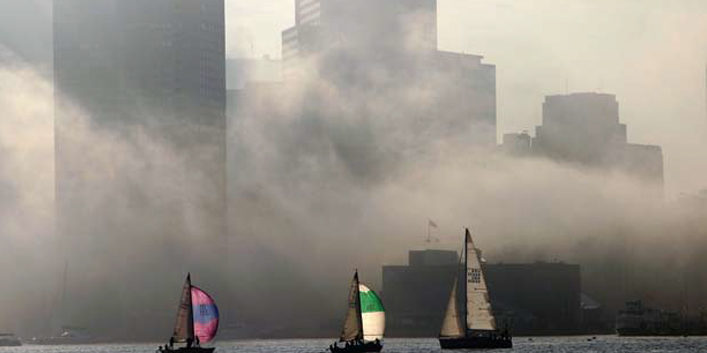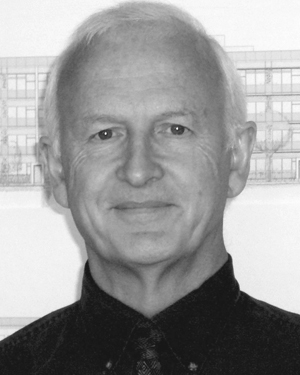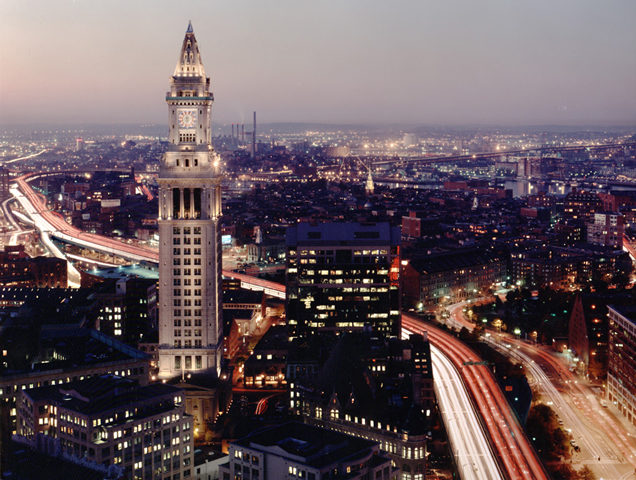Our (little) Town

It was of course a great honor to have been elected by one’s peers to represent the organization for a year. Additionally, it was a wonderful experience to work with Richard Fitzgerald and the staff and, of course, professional colleagues in the work of the board and the various committees. Most specifically, it was an education and a great pleasure to learn from Jane Weinzapfel FAIA (my predecessor) and Diane Georgopulos FAIA (my successor) as we overlapped and shared our responsibilities. Given the choice by Richard to assume the presidency either as Ronald Reagan or Jimmy Carter (i.e., as passive or active, respectively), I chose the latter. This was not good for my sole-practitioner practice, but I have no regrets in that regard. There were quite a lot of the baby-kissing and ribbon-cutting social functions that I could have and should have reduced. Institutionally, I feel I did not contribute greatly, if at all, to the running of the BSA or to determining the role of our professional society. I did try to organize joint events with fellow design professional organizations (landscape architects, engineers), and I greatly enjoyed my brief sojourn on the Awards Committee of the Associated General Contractors. But those efforts at outreach, at least on my part, were either insufficient or not sufficiently sustained to make a lasting difference. I think the new incarnation of the BSA is doing much better in this respect. Although this may not have had much to do with the presidency, I was glad at that time to also open my office to the seeding and blossoming of Common Boston, whose public outreach and vitality continues to this day.
What I am proudest of is MassImpact, the joint BSA/MIT Climate Change Symposia held in 2008. It was a bold vision at the time to set an agenda for thinking about designing for climate change at city scale and to bring international leaders to our little town. This could not have happened without the tireless support and input of the Steering Committee and the support staff. I think the level of activity on this subject that we see in Boston and the region can be partly attributed to the discussions that were generated by this effort. Members of the Steering Committee have continued this work—Mike Davis FAIA in his leadership position at the BSA and Matt Kiefer through the Urban Land Institute.

Looking forward, I am concerned that the AIA in particular and those aspects of the BSA that necessarily relate to the larger organization may sometimes be viewed as being in business to perpetuate the privilege of the membership, or, as George Bernard Shaw puts it, we have tendencies toward being a “conspiracy against the laity.” I think those in the BSA who are creatively confronting the big issues of the day—housing inequity and homelessness, public education, urban and regional infrastructure, and climate change—and who are actively reaching out to other sectors of the industry and civil society to help them in this effort, these are the people who will save our professional organization from itself (AIA, listen up!) and with whom I would be most honored to have continuing association.
Hubert Murray FAIA, 2007 BSA president

